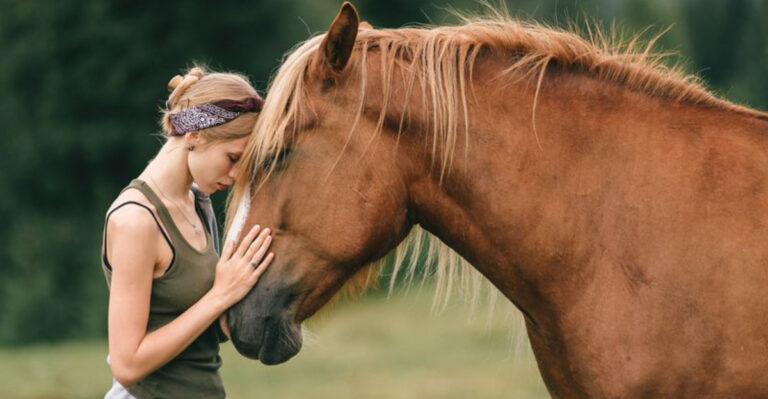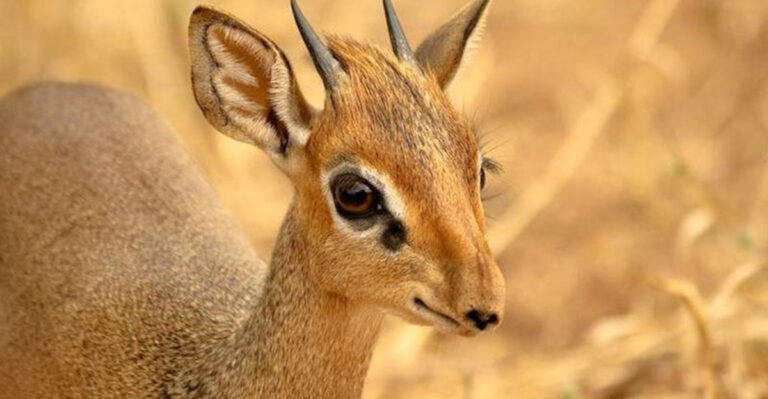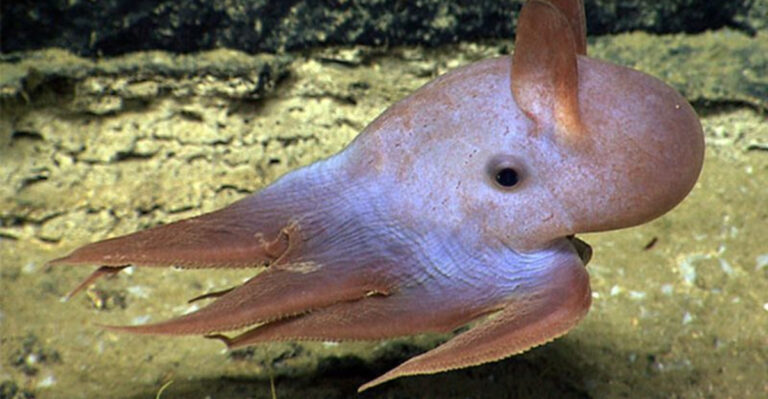Apatosaurus – One Of The Most Iconic Sauropods To Ever Walk The Earth
Imagine a creature so massive that its footsteps shook the ground like mini earthquakes! The Apatosaurus, often mistakenly called Brontosaurus, was one of the largest land animals ever to exist.
These gentle giants roamed prehistoric Earth during the Late Jurassic period, leaving behind fascinating clues about their extraordinary lives.
1. Thunder Lizard Origins
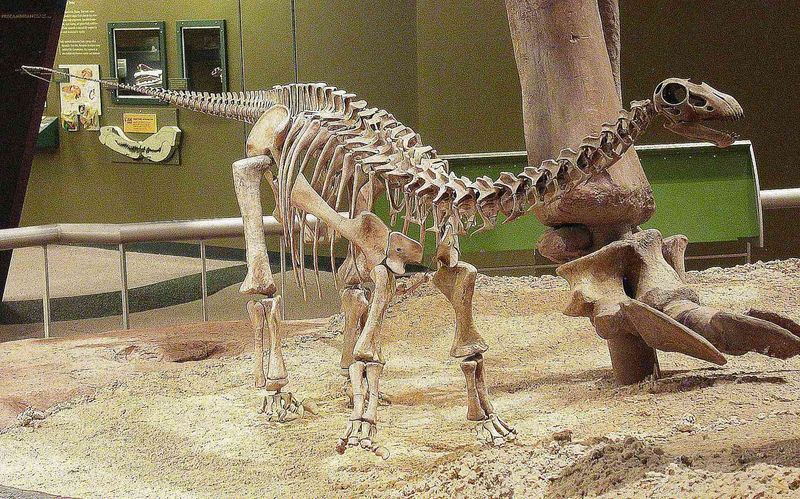
Originally named ‘Brontosaurus’ meaning ‘thunder lizard,’ this dinosaur later became known as Apatosaurus, meaning ‘deceptive lizard.’
The name confusion lasted for decades! Scientists only confirmed in 2015 that both names actually represent different dinosaur species, ending a century-old paleontological debate.
2. Whip-Cracking Tails
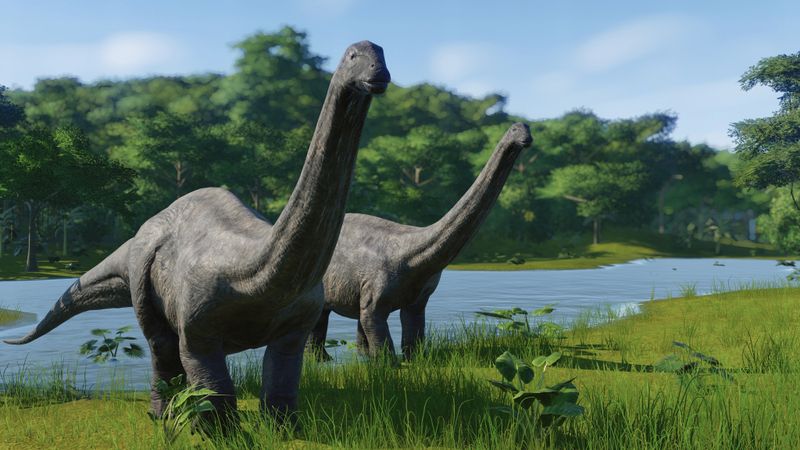
Those impossibly long tails weren’t just for show! Research suggests Apatosaurus could crack its tail like a whip, potentially creating sonic booms exceeding 200 decibels.
Think of it as nature’s own bullwhip, possibly used to communicate with distant herd members or scare off predators lurking in the prehistoric underbrush.
3. Skyscraper-Sized Giants
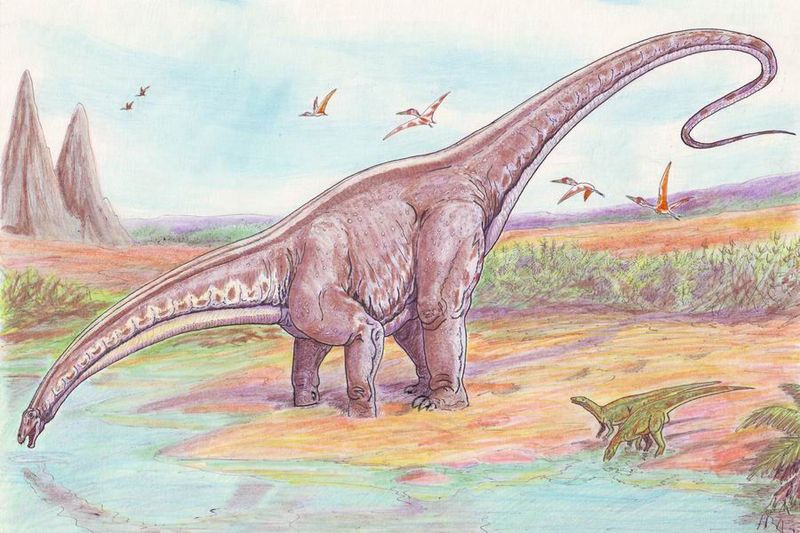
Stretching up to 75 feet long and weighing around 25 tons, these prehistoric behemoths rivaled modern-day whales in size.
Picture a dinosaur roughly as long as a tennis court! Their massive necks alone extended nearly 20 feet, allowing them to reach vegetation that other dinosaurs couldn’t access.
4. Bizarre Breathing System
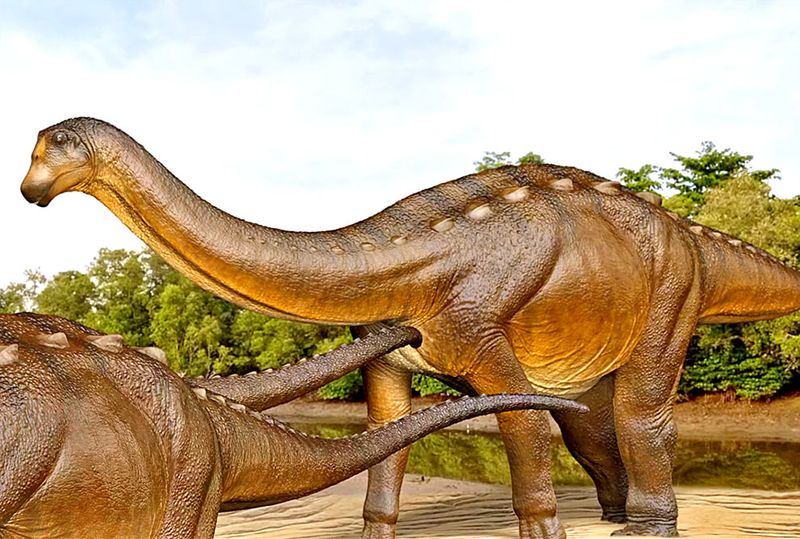
Unlike humans, Apatosaurus had air sacs connecting to their lungs that worked like bellows. This super-efficient respiratory system resembled that of modern birds!
The dinosaur’s massive lungs filled with fresh air during both inhalation and exhalation, providing enough oxygen to power their enormous bodies.
5. Head Smaller Than Its Heart
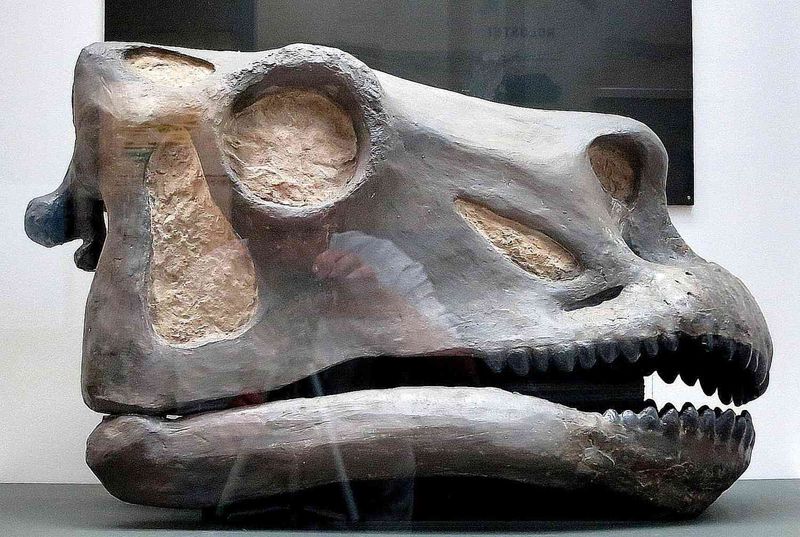
Talk about being all heart! An adult Apatosaurus had a surprisingly tiny head – smaller than its own heart – measuring just 2 feet long on its massive body.
This pea-sized brain (relative to body size) didn’t make them dumb, though. They survived for millions of years, proving brawn sometimes trumps brains!
6. Swallowed Stones For Digestion
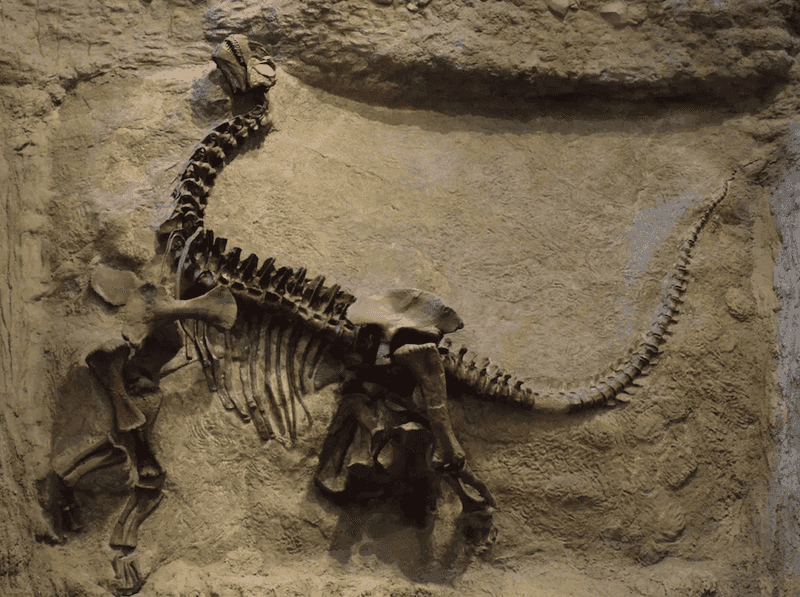
Forget chewing! These plant-munchers swallowed stones called gastroliths that tumbled around in their stomachs, grinding tough plant material.
Some Apatosaurus specimens have been found with over 200 pounds of polished stones in their stomach area! These natural food processors helped break down the tons of vegetation they consumed daily.
7. Jurassic Vegetarian Buffet
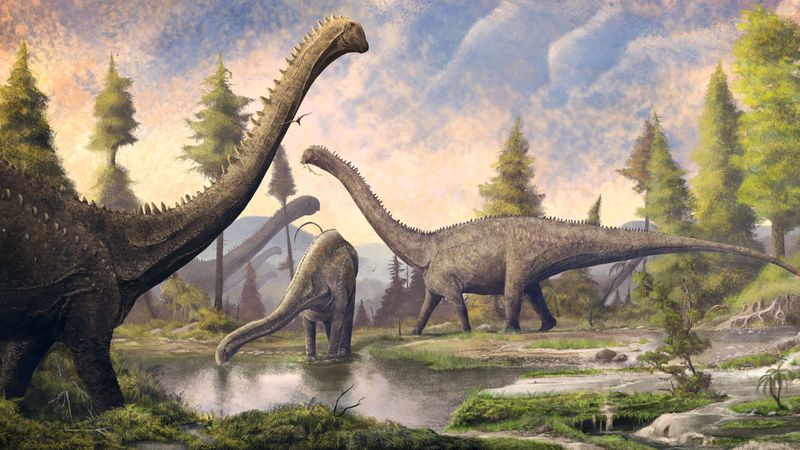
Despite their intimidating size, these giants were peaceful plant-eaters consuming hundreds of pounds of vegetation daily.
Their menu featured ferns, conifers, and cycads – plants that would look alien in today’s gardens. With no flowering plants yet evolved, their Jurassic salad bar lacked the colorful fruits and flowers we know today.
8. Hot-Blooded Debate
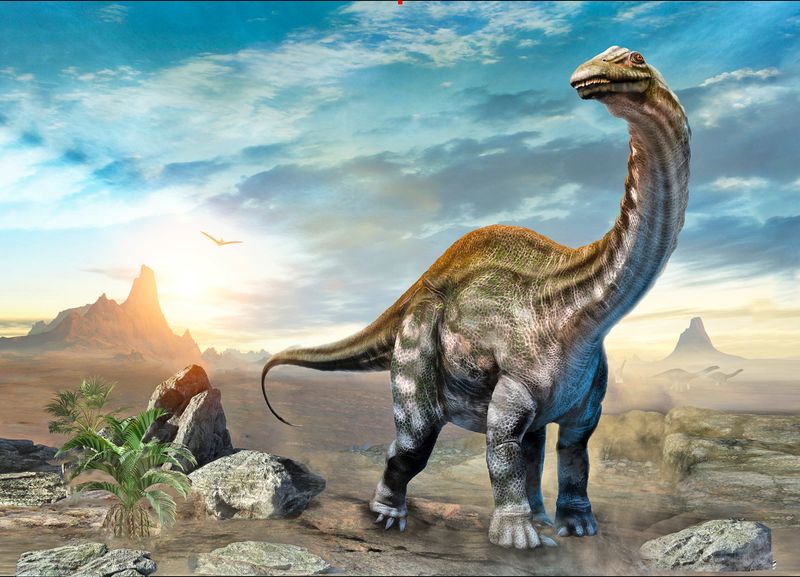
Were they warm-blooded like mammals or cold-blooded like reptiles? Scientists are still arguing! Their massive size suggests they might have been ‘inertial homeotherms’ – maintaining stable body temperatures simply because large bodies retain heat efficiently.
Think of how a cup of coffee cools faster than a bathtub of hot water!
9. Nostril Mystery Solved
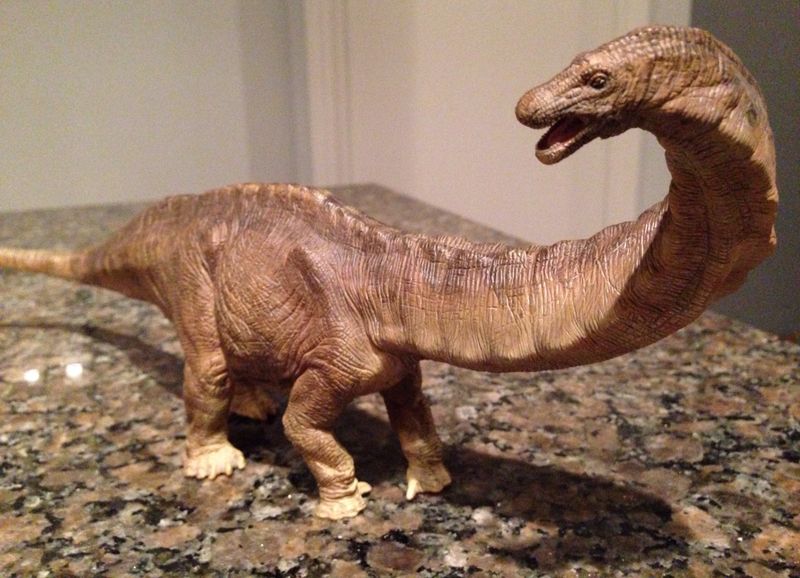
For decades, scientists mistakenly placed Apatosaurus nostrils on top of their heads like snorkels! Modern research revealed their nostrils actually sat near the tip of their snout.
This anatomical correction changed how we visualize these creatures, proving even experts can get dinosaur details wrong for nearly a century.
10. Baby Boom Growth Spurt
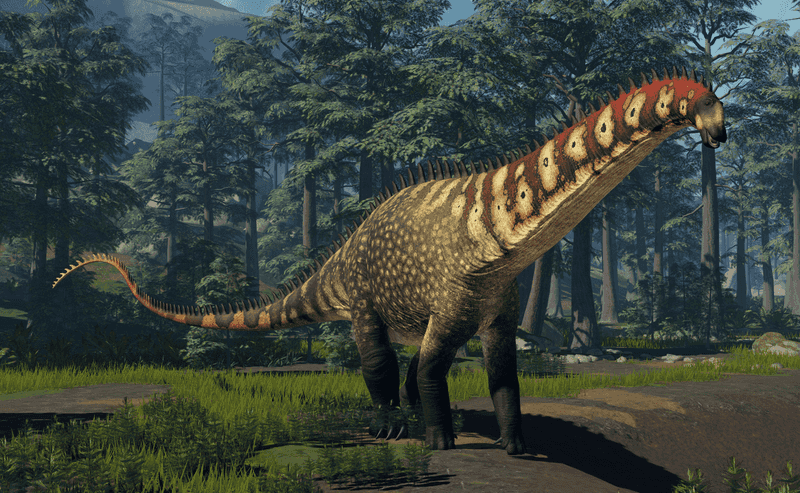
From egg to adult, these dinosaurs grew at mind-boggling speeds. Hatching at roughly the size of a house cat, they’d reach their full 25-ton glory within 10-15 years.
That’s like a human baby growing to the size of a school bus before finishing high school! This rapid growth helped them quickly outsize potential predators.
11. Hollywood Star Status
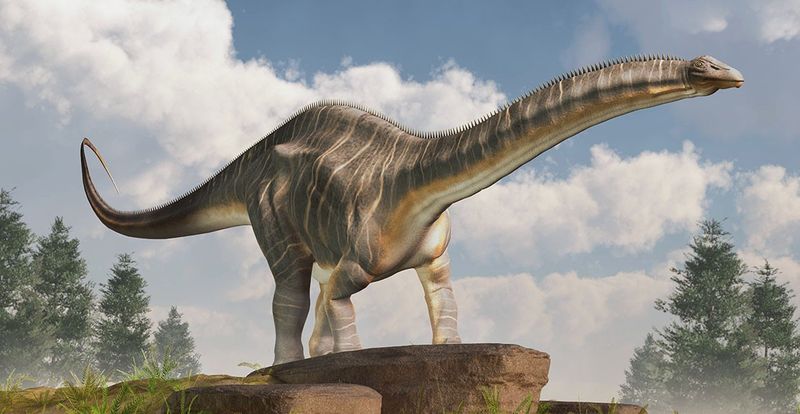
From ‘Jurassic Park’ to ‘The Land Before Time,’ this dinosaur remains a silver screen celebrity. The famous Sinclair Oil logo features an Apatosaurus (though they call it a Brontosaurus).
These gentle giants captured human imagination long before CGI existed, appearing in the groundbreaking 1925 film ‘The Lost World.’

